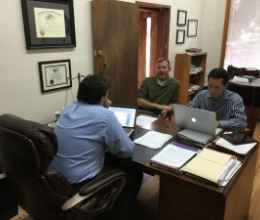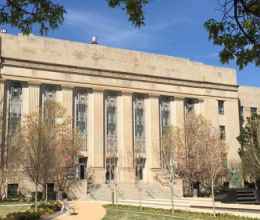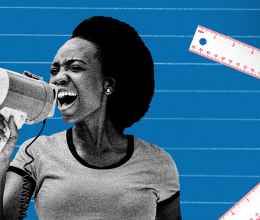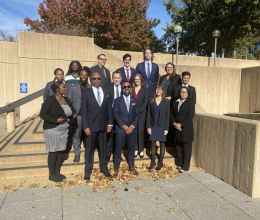On November 19th, our team will be in Denver, CO for oral argument in front of the 10th Circuit Court of Appeals in McCraw, et al. v. Oklahoma City, our free speech challenge against Oklahoma’s City's anti-panhandling ordinance. This case is about protecting the freedom of speech for Oklahomans.
In 2016, in reaction to complaints about the visibility of panhandlers in Oklahoma City, the City Council passed an ordinance prohibiting virtually all activity on medians. Not only is the ordinance a superficial reaction to the systemic problem of poverty, but it is also an affront to the free speech rights of all those living in Oklahoma City.
Read below to get more information about circuit court and what we can expect next Tuesday:
What is a circuit court?
- A circuit court is a federal appellate court. They rehear specific issues from federal district courts and evaluate the decisions of federal district judges within their jurisdiction. Circuit courts serve as the second of three levels of courts in our federal judicial system. The first level is comprised of district courts throughout the country. The second level is comprised of 13 appellate courts, with 12 regional circuit courts and the D.C. Circuit Court of Appeals. We will be before the 10th Circuit Court of Appeals, which hears appeals from federal district courts in Oklahoma, Kansas, Colorado, New Mexico, Wyoming, and Utah. The third level in our federal court system is the Supreme Court of the United States. The Supreme Court is the only court that evaluates the decisions of circuit courts.
What is oral argument?
- Oral argument is the in-person presentation of a case to a court of appeals by the attorneys on either side of a case. Attorneys are given 30 minutes for oral argument, with each side speaking for 15 minutes. During oral argument, judges may – and often do – ask questions of the attorneys as they present their case.
When will we have a decision?
- There is no specific time by which we will have a decision. Our best estimate is that it will be several months before we have a decision from the 10th Circuit.
What happens next?
- As always, there are a litany of ways the case could go next. The two most common are (1) we win or (2) we appeal. (1) The 10th Circuit could rule in our favor, and people would again be able to use medians throughout Oklahoma City for a variety of activities including panhandling, selling the Curbside Chronicle, campaigning for a political candidate, gathering signatures for petitions, reporting the news, protesting, jogging, and much more. (2) The 10th Circuit could rule against us, and we would appeal our case to the United States Supreme Court.
Whatever happens, we continue to remain steadfast in our commitment to preserving the Constitution’s promise of liberty for all Oklahomans.






